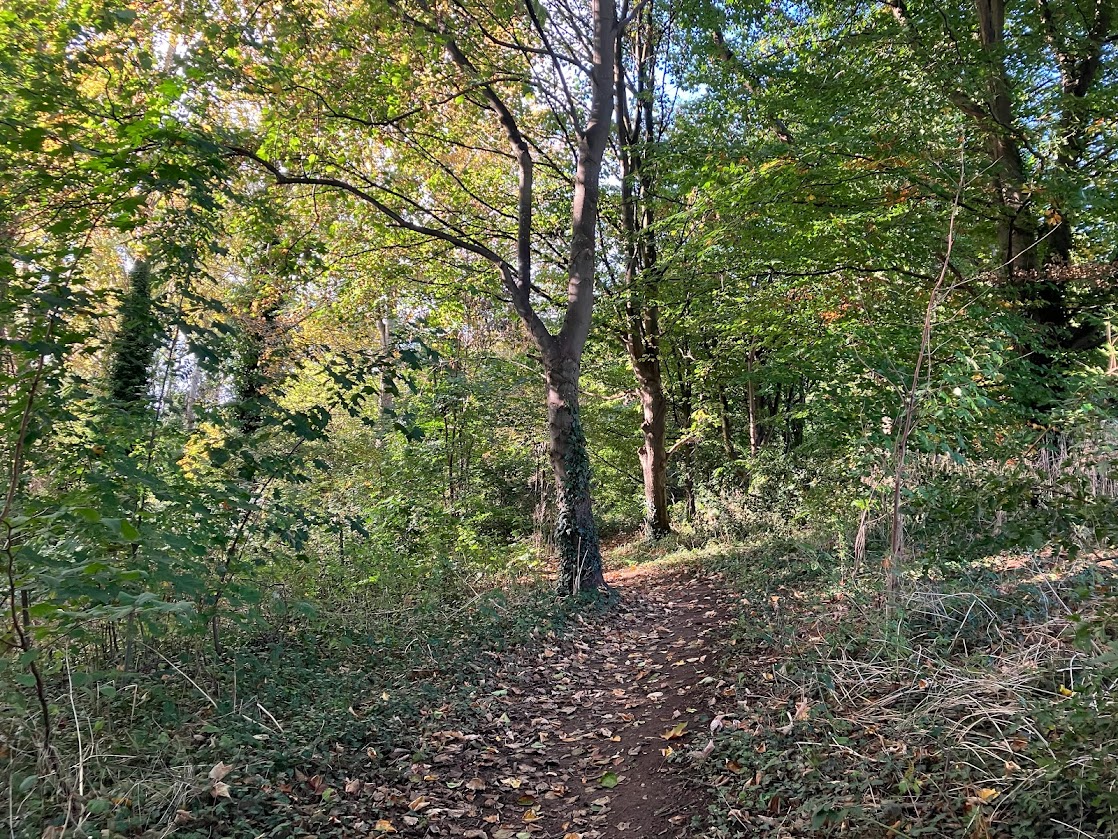Seasonal Dissonance
15 November 2022

The sun is bright but thin at two o’clock. Pink geraniums are re-growing in the garden, the geum is flowering and more nasturtiums have appeared. At 14° it could easily be mistaken for a warm, spring day. And yet the light is short-lived, as it has to be, this time of year. By three o’clock, if the blue sky clouds over, the stark trees will begin to silhouette against the fading light. If the clouds never come, the orange sunset at four-thirty may be reminiscent of a late summer sunset after nine, but it will still be fully dark by five.
It's difficult not to see this warm November as a gift - the south-west wind and pale gold sun. It feels like a kind of buying-of-time before winter, delaying the inevitable endless grey days, freezing fog and icy nights. It’s years since I’ve seen a truly ‘killing frost’, but we do still get frost, ice and sometimes snow; last winter, there were some mornings when the spiders’ webs hung bright and white across the hedges, when the bird bath glazed, and the leaves prismed when they caught the sun. Just as the jet stream brings the UK warm winds from the tropics, it can also leave us with cold polar air; we live on the dividing line, and when it alters its shape and position, we fall either above or below and our weather changes accordingly.
I’m less aware of this year’s seasonal dissonance in the woods. It’s in a hollow – a would-be frost-pocket but for the surrounding buildings. The lowest part floods inevitably at the first opportunity, so the damp is more memorable than the cold. Six months ago, a huge oak was felled creating a hole in the canopy, wide enough to attract a sharp frost if one happened to pass over. Half of the trunk has been left where it lay to form a long, low bench. With the other half, ring-slices have been piled up to rot into habitat for beetles, rodents, whatever small beings require shelter. All parts of the old tree are in the grip of fungi, white, filamented fingers documenting their claims in thin, living maps.
Around the log, leaves are rotting fast, inevitably succumbing to the pooling rain whenever it falls. The blackened skeletons of brambles are caving in more every day, sliding down into the dark mush and nettles are, by now, a mere memory. Stronger structures, like hawthorn and hazel, remain firm and upright, bending to the light, which this afternoon is blending into a pinking red. Above, a squirrel chitters, either at me, or at the fast-approaching sunset.
